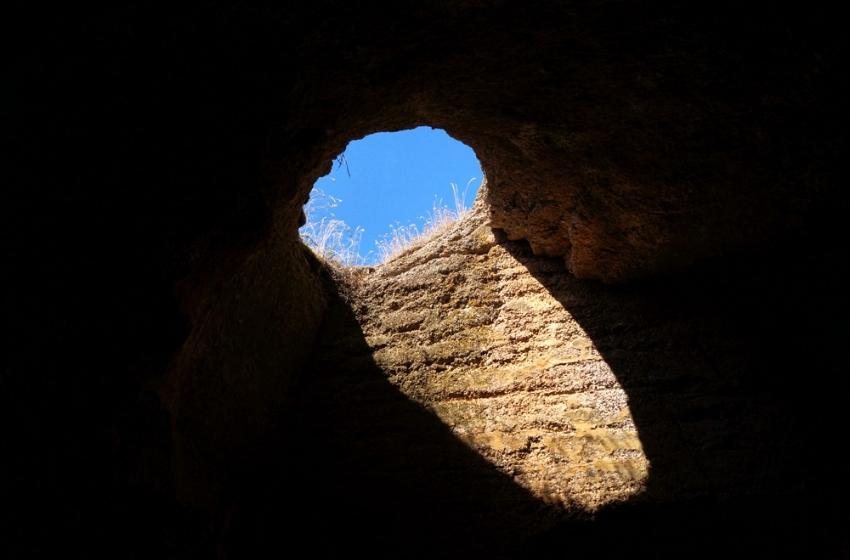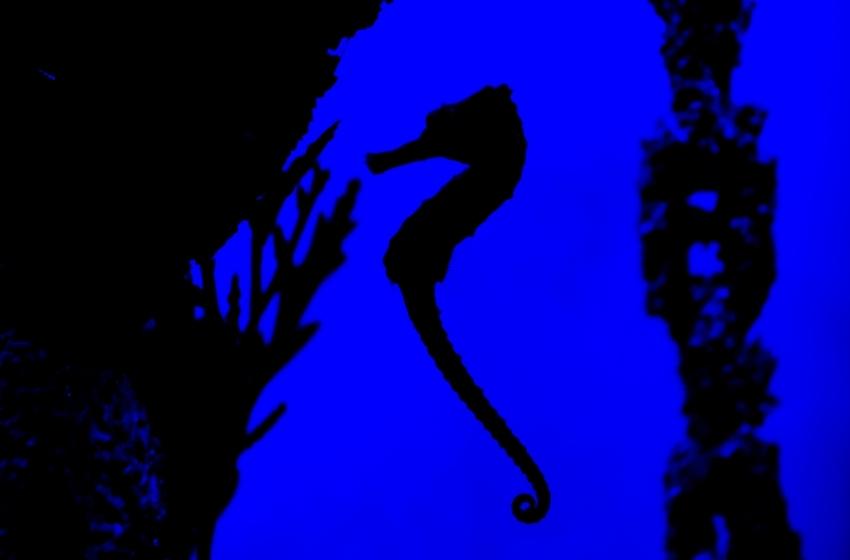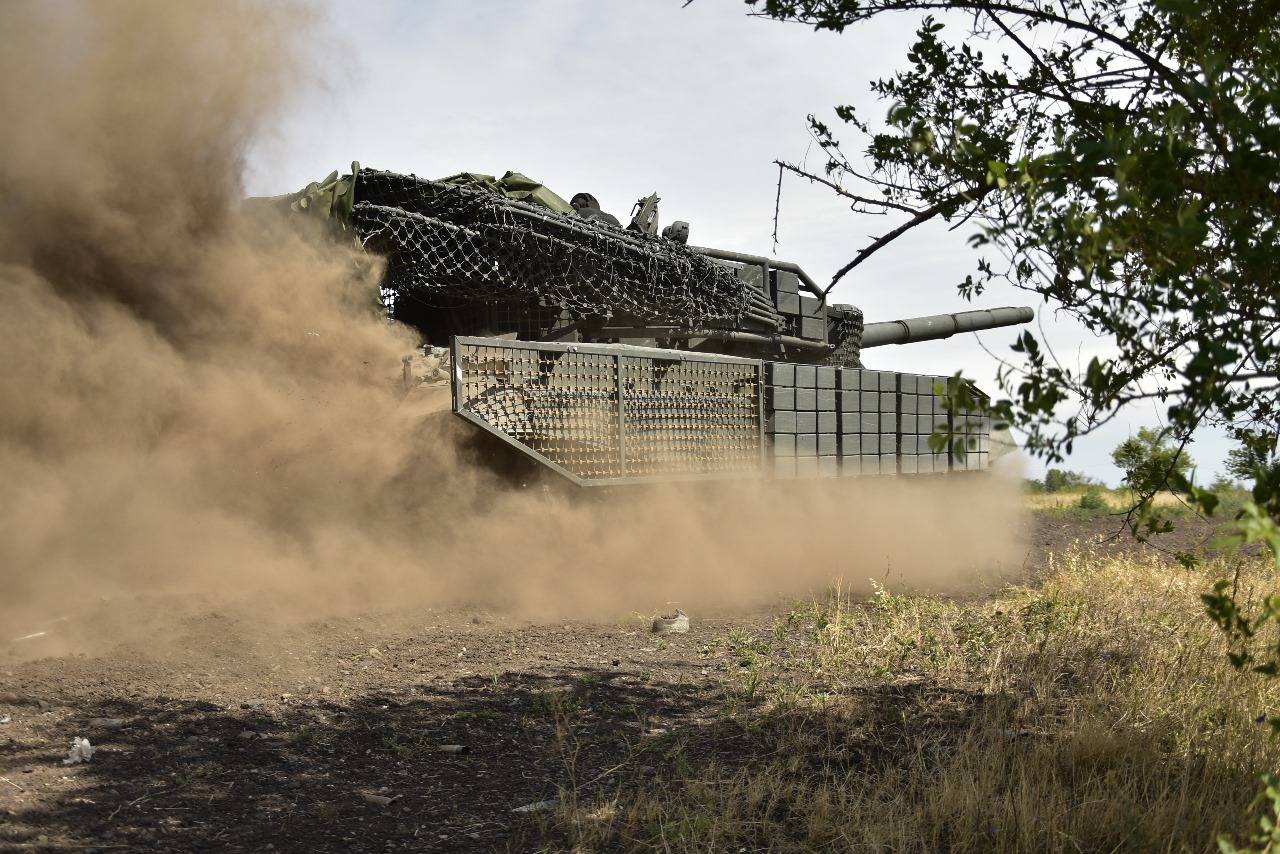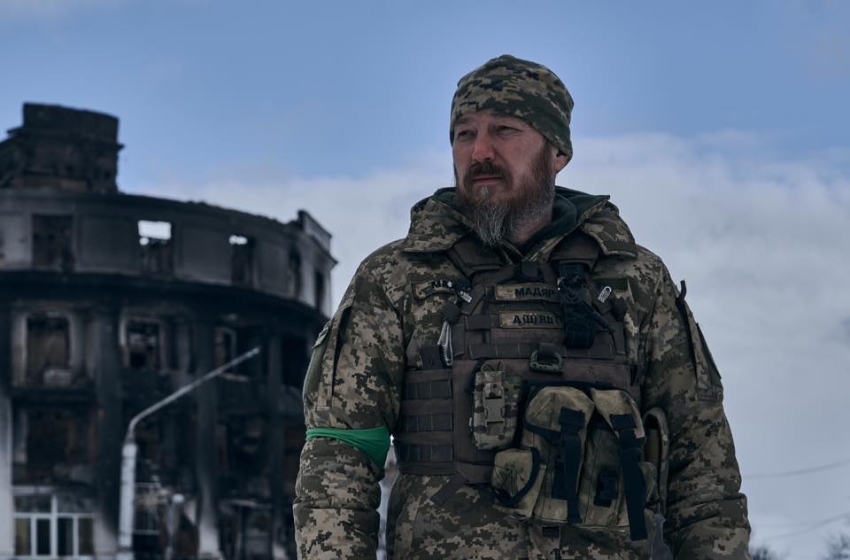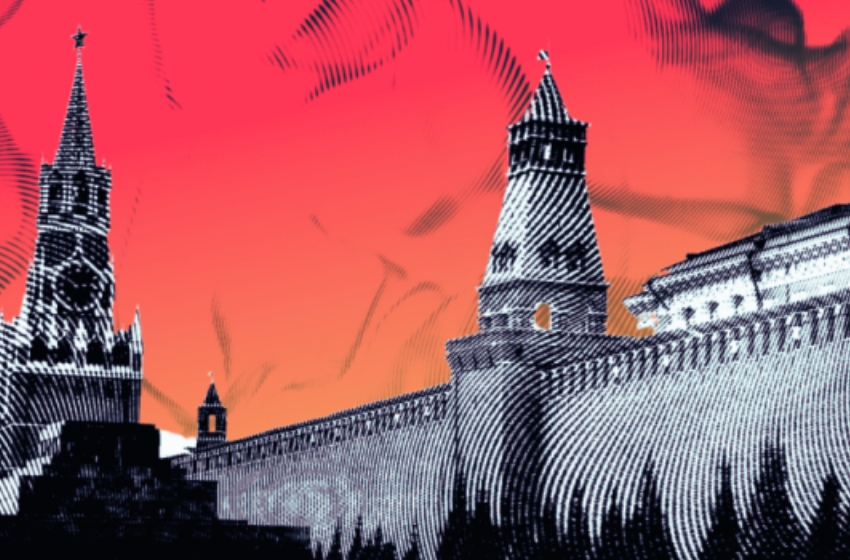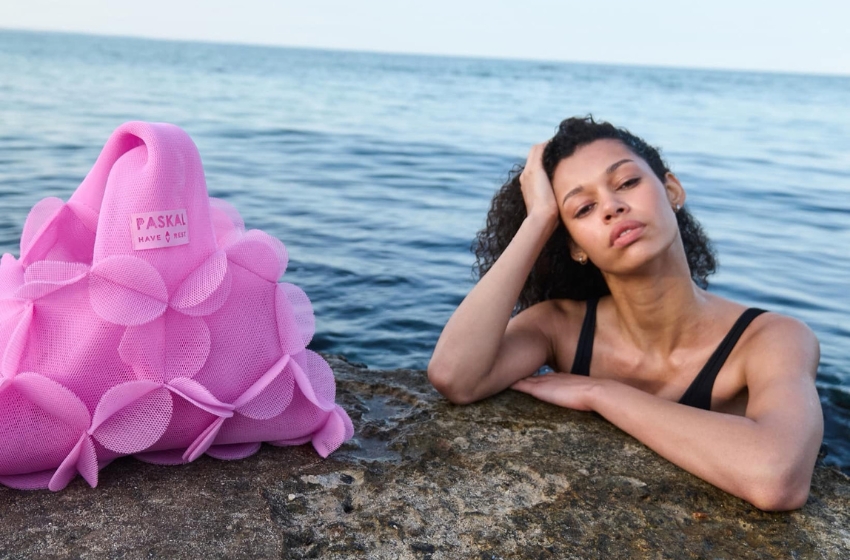Traveler and photographer Roman Malenkov wrote a wonderful article about Berezan Island, especially for Ukrain Incognita. The island of Berezan is located in the Ochakov area.
Even if there was nothing here: beautiful seascapes, the ruins of an ancient city, the remains of a Turkish fortress, Russian fortifications and casemates with numerous underpasses, I would still like here, because it is an island and a romantic man by birth has a craving for islands (someone to the tropical and warm, others to treasure islands). And few tourists who come here on boats and yachts know that this is not just a piece of land surrounded by sea, but an interesting adventure, and in the long run, one of the most attractive tourist attractions in southern Ukraine.



Fortification of the late XIX and early XX centuries
The island of Berezan is located on the coastal shoal, which stretches from Cape Adjiask and the west coast of the Berezan estuary. It is 13 km from Ochakov and 4.1 km from the cape. From settlements here the nearest from the village of Rybakovka. The area of ​​the island is 10 hectares, the length is 850 meters, the width varies from 350 to 200 meters. In some places there are shrubs, there are trees in the cracks of the casemates, but 95 percent of the area is grasses, mostly prickly and dense xerophytes.
Today the island is a branch of the Olvia National Historical and Archaeological Reserve, which sends paramilitary guards here, the only permanent residents of the island. In the summer archaeologists (mostly from Kyiv) also live here. Apparently they have unearthed some incredible find, because the guards do not even let them in. In summer it is full of tourists who come here by boat from Ochakovo, Rybakovka and even from Koblevo.





Archaeologists are excavating the ancient city of Borisphenida, which was founded by the Greeks of Miletus in the 7th century BC. and named after the great river Borisfen (Dnieper) which flows into the Black Sea. In those days it was a peninsula (the Greeks would not have built a city on a small island, almost waterless), which was connected by a strip of land with the current Cape Adjiask and washed by the waters of the Berezanka River (in ancient times it was called differently). The river was the main source of drinking water, although it is possible that the Greeks had a well.
Later, it is unknown when exactly, the water level in the sea rose by 6-8 meters, the sea flooded the river valley and the strip of land that connected the island with the mainland. Then, the land became an island, and the Greeks, of course, left it (it is possible that they did it much earlier).
The names Berezan and Berezanka are not connected with birches at all. There are several hypotheses of their origin, and most likely Turkic: in the 16-18 centuries. The historical region of the Ottoman Porte, which had the center of Achi-Kale (now Ochakiv), was called Yedisan - the river Berezanka was then called Turquoise - Wolf River (then there were flocks of wolves), and the island opposite it - Turquoise-Ada. It is not difficult to understand how Turquoise became Berezanya.

Bastion of the Turkish and Russian fortresses
During the Turkish period, the island gained strategic importance and closed the fortification triangle of the exit from the Dnieper estuary, Achi-Kale (Ochakiv), Kylyn-Burun (Kinburn), Turquoise-Ada. The Turks built a fort south of the center of the island, the remains (earthen embankment) and ditches of the main bastion of which are still clearly visible, and in the northern part built brick bastions of the coastal battery, which was to cover the ships of the rowing flotilla Achi-Kale.
During the Russo-Turkish war in November 1787, the Turkish fortifications of Berezani were captured by the Black Sea (former Zaporizhzhya) Cossacks under the leadership of Anton Golovaty. 800 Cossacks, on small ships (seagulls and oaks), armed with small guns, stormed the shore battery, and then the fortress. The very capture of Berezani untied Potemkin's hands, and his invading army stormed Achi-Kale.





After the occupation of the region, Potemkin ordered the abolition of the fortress in Berezan, which his military engineers considered obsolete and cramped for guns. Artillery was removed from the island and the garrison was taken away. But the next emperor, Paul I, ordered the fortress rebuilt. From 1800 to 1825 a small garrison (only 25 people) was stationed here and systematic work was carried out to fortify the island.
Then the bastions in the north were restored, and the Turkish fort in the south. The basis of the fort was a hexagonal bastion with an area of ​​2200 square meters, surrounded by a wide moat and an embankment (they are still clearly visible). From the bastion, the moat with the shaft diverged on two sides, from shore to shore.
By 1820, a two-story stone barracks, an officer's house, and a well, a garrison without autonomous water supply, had been built in Berezan, an easy prey for the enemy. But in 1825 the fortress was abolished and the garrison and state property were transferred to Ochakiv.



At the beginning of the 20th century, a military garrison returned to Berezan. This military department decided to create an experimental fortress to test long-range naval artillery. But first casemates were built for the soldiers. Here in 1906, the rebellious lieutenant Peter Schmidt was shot. A semi-crazy anti-monarchist romantic who revolted in Sevastopol and led the unfinished, unmanned and almost unarmed cruiser "Ochakiv". Ostap Bender, Shura Balaganov and Mykhailo Panikovsky pretended to be his "children" (from the book "12 chairs"). During the Soviet era, a memorial stele to Schmidt was erected in Berezan, and the island itself was often called Lieutenant Schmidt's Island.
In 1907, the construction of heavy fortifications in Berezan began to withstand the blows of naval artillery. Reinforced concrete fortifications, once classified, with traces of numerous destructions from experimental shelling, are now the main attraction of the island. Tourists wander with delight through the labyrinths of underground casemates, though only in summer - in other seasons there is no one here but protection, and until 2008 there was no protection - in autumn and spring the owners of Berezani were black archaeologists.
The discovery and reconstruction of Borisfenida, at least the partial restoration of fortifications and the arrangement of tourist infrastructure can turn Berezan into a "tourist Mecca". Nowadays, even considering the month of tourist flow (I will not say that it is very big, because it is difficult to call Ochakiv a resort), this sun-scorched land, without a drop of drinking water and other signs of civilization, seems harsh and unfriendly, and tourists spoiled by Turks and Egyptians often say that the "sunshine" on the island was superfluous for them. The trip to Berezan seemed super interesting to me, and I don't mind going back there more than once or twice.
[video]
Source: Ukraine Incognita
Text and Photo: Roman Malenkov









